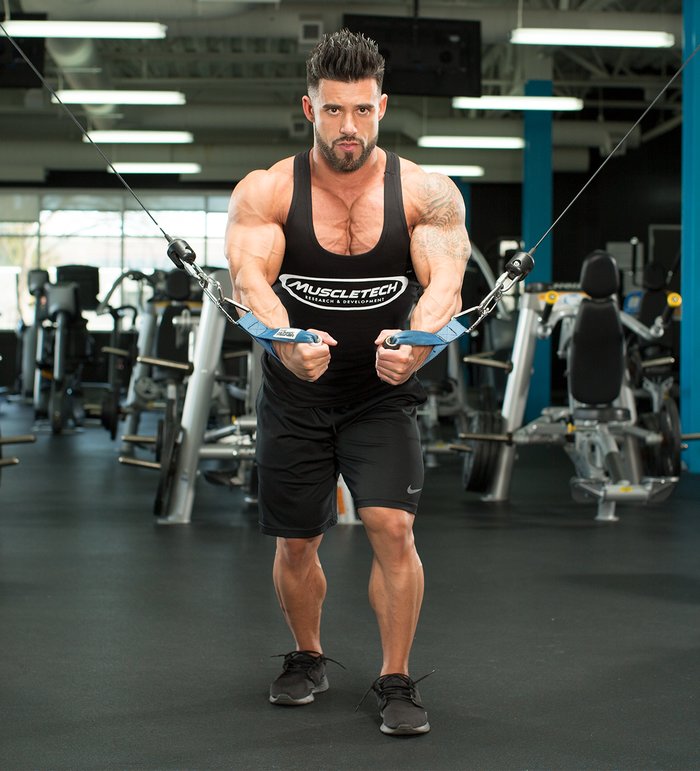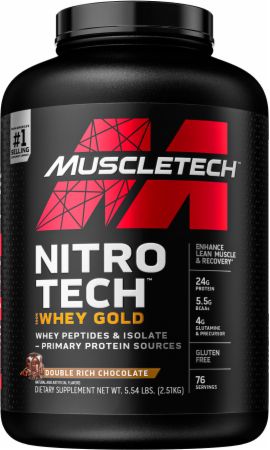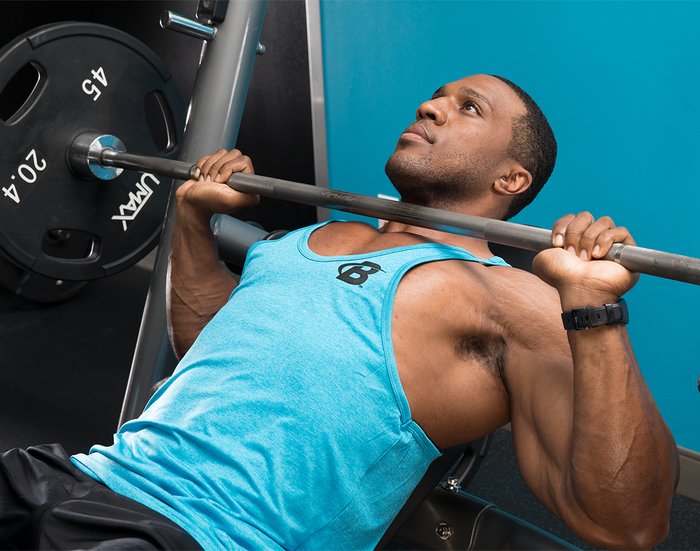Many lifters just go to the weight room, sling around heavy weight, and expect their upper body to grow. Chest is the most popular muscle to train, but if you actually want to build an impressive set of pecs, you need a real plan of attack.
1. Start With A Fly
There are two reasons why every chest workout should start with a fly. First, the motion of the fly gives you a good stretch at the bottom of the rep and a quality contraction at the top, establishing that all-important mind-muscle connection. Second, you'll isolate the pecs and pump them full of blood, preparing them for the rest of the workout.

There are several fly variations to choose from, such as dumbbell, pec-deck machine, and cable cross-over, so choose whichever one you prefer and make sure you can feel the pecs working right away. Activating the correct muscles is crucial for building mass, so by starting your chest workout off right, you'll be busting out of that t-shirt in no time. With these four rules you'll be ready to tackle all your chest workouts and can apply many of the best chest exercises.
2. Use Multiple Angles
Lifting weights is all about isolating different muscle fibers using different angles, and the chest is no exception. The difference between how the pecs are working on a 45-degree angle as opposed to a 30-degree angle is greater than you might think. Just by shifting how you're positioned when you perform the set, you can train a completely new part of your muscle each time.
So, which angle is best? All of them, of course! Hitting your chest from multiple angles guarantees you activate all the muscle fibers and increase both size and mass. You can do incline presses from one angle, flyes from another, and barbell presses from a third. The result is total annihilation of the pec area.
Just remember that the higher the angle, the more your front delts want to join the party, so make sure you keep your shoulder blades down and your chest up as you perform each rep.

3. Drop The Flat Barbell Bench
For many, cutting the flat bench out of their chest routine is sacrilege, but there is a reason behind why I recommend ditching this chest favorite. I love the flat bench press for increasing strength, and I believe it's something beginners should absolutely include in their plan.
As you get more advanced, however, you will find that the flat barbell bench press might not be as effective for building the pecs as dumbbells or incline movements. Part of it is the mechanics of the exercise, part of it is the range of motion, and part is the ability for other muscles to step in and compensate. The flat bench is great for building strength and power, but if size is the goal then you may want to consider other options.

I'm not saying that you should give this exercise up completely, but if you've been in the iron game for more than six months and you've seen your growth level off a bit, try shifting to incline barbell bench or opt for dumbbells when flat pressing.
4. Add Challenge To Push-Ups
It's the most basic chest exercise in the game, but when done right, push-ups can still help you maximize your pec potential. The difference is how you build on this classic exercise. Instead of banging out a lot of reps, challenge yourself by finding ways to make the push-up more difficult.
Elevate your feet on a step or bench to place emphasis on the upper pecs, or have a partner stack a plate or two on your back. If you like to work out alone, use a resistance band to add intensity to the push-up by wrapping it around yourself and holding the ends under your hands.
As you press up against the bend, stop short of lockout so the tension stays on the pecs. You can also add difficulty to the push-up by slowing down the tempo or pausing partway through the movement.

